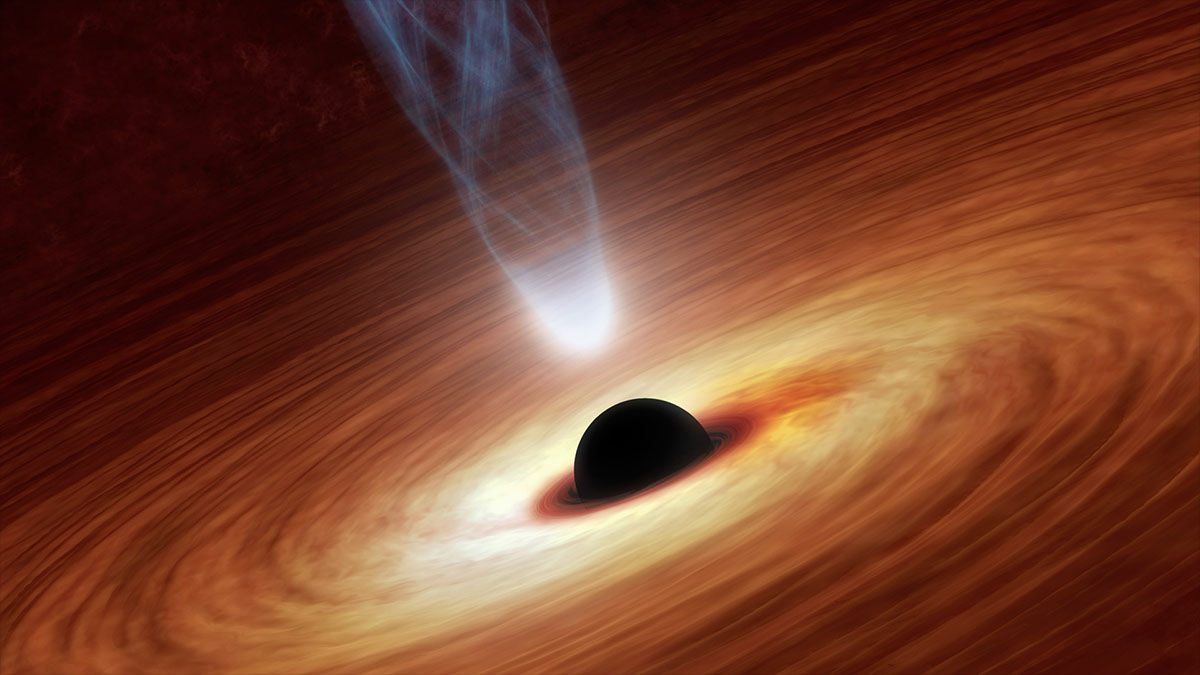what a black hole’s spin tells us about its past

While many news outlets were reporting a new paper showing that a black hole’s accretion disk can accelerate gas to nearly the speed of light by the event horizon’s distortion of the very fabric of time and space around it, they missed something quite important. Yes, knowing for a fact that gas is screaming around the event horizon at relativistic speeds and beaming out violent X-rays we can see for millions of light years is definitely awesome. Every time the universe does such amazing things, just being able to witness it, document it, and understand how it happens tends to be a huge feat. But there’s more to what this tells us than just how the event horizon works or how relativistic frame-dragging is affecting the flow of gas in the accretion disk. It also tells us a little about what must have happened to the black hole to make it as large as it is.
You see, after analyzing the spectrum of X-rays from iron spinning around the event horizon of the supermassive black hole at the center of the galaxy NGC 1365, physicists can rule out the idea that instead of spinning around the event horizons, the gas was just obscuring what really went on around the black hole’s maw. There was too much distortion for gas to be in the way of the incoming radiation. But the measurements also show that the event horizon itself is zipping around its own axis and that the “surface” of the event horizon, the point where tidal forces around the singularity are so strong, a particle would have to be traveling faster than the speed of light to escape, is traveling at nearly the speed of light itself. Not only is that astonishing, but there is only one way it could be spinning that quickly. Collisions with other giant black holes.
If a supermassive black hole gained its mass simply by sipping matter of stars and gas, it would have a low spin because the angular momentum of these objects is small. But merging with one or two other black holes could do the trick because these objects can spin as quickly as 1,000 times per second when they’re at stellar mass. When they collapse, the initial sin of the star that formed them is conserved and all that energy needs to go somewhere, so the black hole begins to church around its axis faster and faster. And when two fast-spinning black holes merge, they impart their energy tp each others’ spin, making the resulting object travel even faster. The sum of the mechanics involved is mind-boggling because the collision is between superheated quark and gluon streams of energy with zero viscosity, so there are few real world analogies we could refer to when talking about it, but the general mathematical results give us something not unlike the monster at the heart of NGC 1365 which shows us that we’re standing to understand more about how supermassive black holes feed on each other and shape the galaxies around them.
See: Risaliti, G., et al. (2013). A rapidly spinning supermassive black hole at the centre of NGC 1365 Nature, 494 (7438), 449–451 DOI: 10.1038/nature11938





